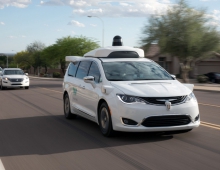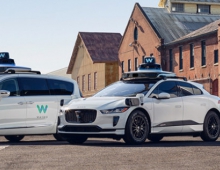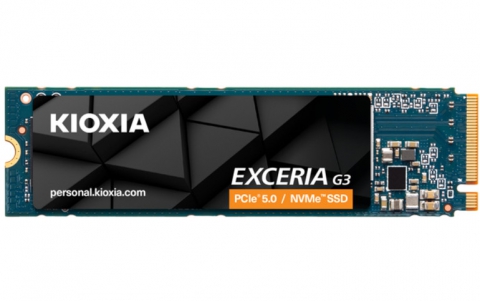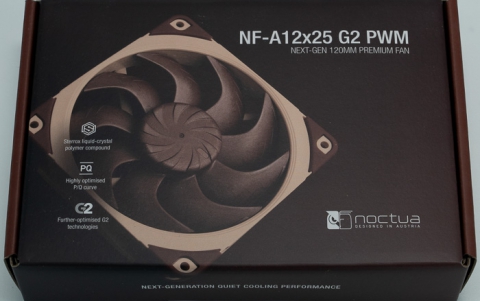
Volkswagen and IBM Are Researching Autonomous Driving in Urban Space
Already today, Lane Assist and Adaptive Cruise Control (ACC) ensure greater safety when driving on motorways and A-roads. In the city, however, automated driving functions are a completely different challenge.
In order to overcome these hurdles, Volkswagen has joined forces with IBM, the Technical Universities of Cluj-Napoca, Prague, and ETH Zurich within the 'UP-Drive' project funded by the European Commission.
The name ‘UP-Drive’ stands for Automated Urban Parking and Driving. Together, this consortium of international industrial companies and research institutions wants to make autonomous driving in urban areas a reality. The 'UP-Drive' cooperation project aims to accelerate the development of autonomous driving – especially when it comes to artificial intelligence (AI).
“AI and robotics are key elements in connected and automated mobility and therefore public support for related research projects is a good investment. The UP-Drive project has the potential to showcase the ability of European academic and industrial researchers to bring real benefits of these technologies to our citizens,” said Mariya Gabriel, EU Commissioner for the Digital Economy and Society.
“The special thing about this project is that it takes place in urban areas with extremely different traffic situations, and the infrastructure is also different in every city,” explains Axel Heinrich, Head of Volkswagen Group Innovation. The aim of Volkswagen and its project partners is to be able to use automatic driving functions not only on the motorway and when parking, but also in urban traffic over the long-term. “The urban traffic is the greatest challenge for autonomous driving. If you can handle this, you can handle the entire spectrum,” emphasizes Heinrich.
Until the time comes, there is still a lot of basic research to be done. For example, in the field of sensor technology. For a vehicle to be able to drive autonomously at all, various sensor systems are required: laser, radar and cameras, for example, scan the environment for possible hazards. Up to this point, each of these sensors has evaluated its own input data and extracted relevant objects. These objects are then compared using artificial intelligence and connected to each other. This works well on the motorway, but in much more complex urban traffic the approach soon reaches its limits.
The cooperation partners have therefore developed and implemented a new idea for the practical application. Instead of processing sensor data separately on each sensor, all raw sensor data is now first centrally correlated with each other. Only then are relevant objects extracted from the enhanced data set. In other words, no data is lost in between, that could be relevant for the final picture – for example, the exact position of a pedestrian in a fraction of a second. These more precise data sets can be decisive in urban spaces.
The project partners in the joint research work are also devoting themselves to the more precise calibration of the sensors in the vehicle. In order to be able to implement safety-relevant driving functions from autonomous driving to Level 3, it must be ensured that the calibration of the sensors is absolutely correct at all times. This can be impaired by a stone chip or thermal changes alone. For this reason, the system performs the calibration “online”, i.e. constantly during operation. If it detects a deviation, the system reacts within a few 100 milliseconds and immediately compensates for errors. The innovative thing about this is that the data from different sensors will be cleverly compared. As a result, significantly higher precision is achieved and the car remains fully functional at all times. This technology could soon be incorporated into the production of new models.
The “Mission Autonomous Driving” was launched by the Volkswagen Group at the beginning of the 2000s in the USA. As part of the DARPA Grand Challenge, launched by the Defense Advanced Research Projects Agency (DARPA), Volkswagen drove autonomously through the Mojave Desert in Nevada. This was followed in 2007 by the first attempts to test autonomous driving in urban areas. In 2017, SEDRIC, short for Self-Driving Car, was presented for the first time as a concept vehicle. It gave an idea of how an autonomous vehicle could look in the future. Namely: available at the push of a button, simple, sustainable, comfortable and safe.





















